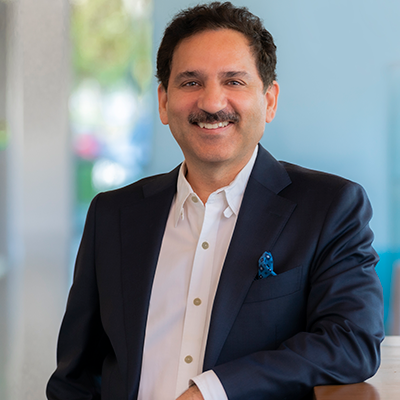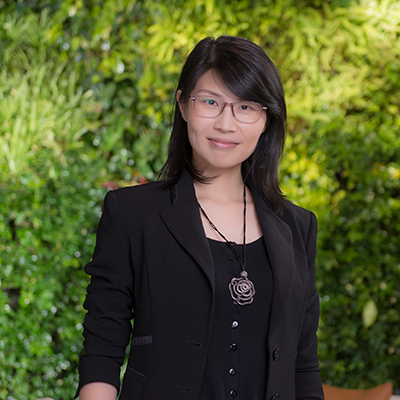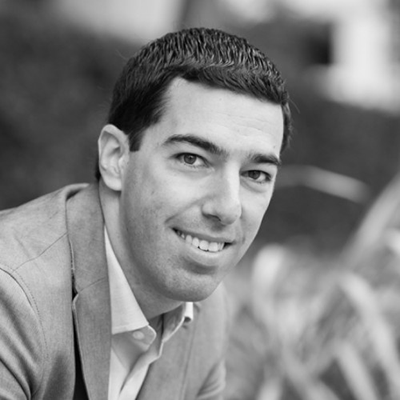Q1. Cisco has been integrating AI capabilities into its security portfolio for some time now. What have you learned about where AI actually moves the needle for security teams versus where it's just incremental improvement? How has that informed your product roadmap?
Across our product development, we’ve seen AI drive outsized security outcomes when it’s purpose-built. Generic models retrofitted into security workflows fall short. Success comes from AI designed for specific use cases.
Our early efforts focused on helping network security teams with repetitive tasks, like fetching config snippets or tuning firewall policies, integrated directly into Security Cloud Control.
To secure AI itself, we red-team LLMs for specific use cases. What’s secure for internal research in a travel company isn’t secure for a patient-facing healthcare app. Purpose-driven validation ensures the right guardrails are in place.
Customers also want enforcement across existing infrastructure. So, we integrated AI policy enforcement into Cisco Secure Access and the Cisco Hybrid Mesh Firewall, enabling threat detection and containment before access is granted.
With Cisco XDR, we trained LLMs on security-native data—network telemetry, endpoint signals, threat intel—to catch fast-evolving attacks. We didn’t stop there. We also built a purpose-built, 8-billion parameter cybersecurity specific LLM - Cisco Foundation AI model. It outperforms larger generalist models, supports on-prem deployment, and we open sourced it—model and weights.
We also use AI for bringing operational simplicity. In AI Canvas, leveraging our Deep Network Model —networking’s most advanced LLM, to unify observability, networking, and security telemetry in one collaborative UI.
Looking ahead, we’re focused on securing agentic AI: systems that don’t just respond, but act on your behalf. As enterprises grant agents access to core systems, the risk to IP, customer data, and operations grows we intend to build capabilities to ensure agents remain secure, constrained, and trustworthy.
Q2. Many security teams are getting pressure to adopt AI tools, but they're worried about adding complexity to already resource-stretched operations. What's your advice for them on how they should evaluate these new capabilities?
The key is to focus on outcomes. AI should simplify your operations, not burden them. Especially for a resource-constrained team, AI can help you move faster and make smarter, better-informed decisions. Start by focusing on what pain points you want AI to solve. Whether it’s alert fatigue, slow response times, or lack of visibility, the value of AI is only meaningful if it directly addresses those challenges.
When evaluating vendors or tools, look for AI that’s embedded into the existing workflow, not something that creates another platform to manage. If a tool requires you to swivel-chair between dashboards or reinvent your runbooks, it’s likely to create more complexity than it solves. Then look at AI that prioritizes transparency and trust. You need to be able to understand the logic behind decisions and be able to say “no” and course correct as needed. Finally, once you put the AI tools into action, go back to those pain points and look for success metrics. Did the tool demonstrably reduce time to detect and respond? Did it cut false positives or automate a routine task? The most valuable AI is the one that quietly removes noise and enables your team to operate at speed and scale.
My last piece of advice: embrace AI’s potential now, because this is only the beginning. Security teams that start small and build trusted foundations today will be best positioned to take advantage of what is coming next.
Q3. What new security products, technologies or services does Cisco plan on showcasing at BlackHat USA 2025? What is the main focus?
You will see transformation innovation from Cisco in three strategic pillars: Universal Zero Trust Network Access (ZTNA), Hybrid Mesh Firewall, and the SOC of the Future.
Starting with Universal ZTNA, Cisco is doubling down on truly universal, identity driven access controls. The Universal Zero Trust Network Access offering—now fully integrated into Cisco SD WAN (including Meraki) and Duo Identity and Access Management (IAM) —brings seamless, phishing resistant, passwordless access across users, devices (including unmanaged and IoT), and AI agents.
While Universal ZTNA protects identities, Hybrid Mesh Firewall protects applications. It isn’t just a product; it’s a shift in how we approach network security by taking a more holistic, integrated approach that infuses security into each layer of the network and cloud fabric. At Black Hat, Cisco will showcase we continue to push past traditional Next-Generation Firewall (NGFW) form factors so that we can extend a distributed presence in every server, every application, every VM, every container, and every endpoint with the intelligence of how to secure them. You'll see a big focus on driving microsegmentation outcomes and meeting new AI use cases.
Lastly, you will see us drive new innovation for the SOC of the Future, bringing together the power of both Cisco and Splunk. Earlier I talked about Agentic AI, and Cisco XDR is a perfect example of bringing Agentic AI into your everyday SOC operations. With Instant Attack Verification, we can now validate alerts in real time - determining with high confidence whether it represents a true attack and not just an anomaly.
Cisco’s Black Hat presence will show how these pillars converge into a security platform purpose-built for the AI era: context-rich, automated, and deeply embedded into the infrastructure.










